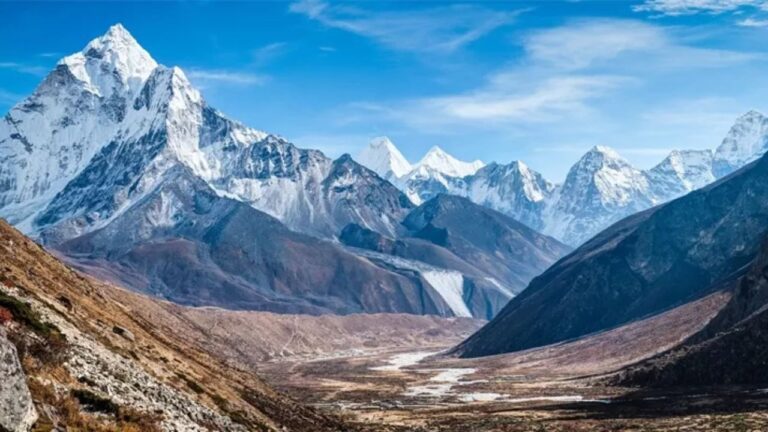
New projections highlight potential climate risks to exploitable fish biomass for nearly all regions of the world’s oceans, including top producer countries and those with high reliance on aquatic foods, according to a report released today by the Food and Agriculture Organization of the United Nations (FAO). The report, titled Climate Change Risks to Marine Ecosystems and Fisheries: Projections to 2100 from the Fisheries and Marine Ecosystem Model Intercomparison Project, indicates declines of more than 10 percent by mid-century for many regions, particularly under high-emissions scenarios.
Impact of Emissions on Fish Biomass
By the end of the century, under the high-emissions scenario, which projects global warming of 3–4.0 °C, declines worsen to 30 percent or greater in 48 countries and territories. Conversely, under the low-emissions scenario, which projects global warming of 1.5–2 °C, changes stabilize between no change and a decrease of 10 percent or less across 178 countries and territories by century’s end.
Top Producer Nations at Risk
Notable declines include those for top fish producer nations, which worsen towards the end of the century under the high-emissions scenario. For example, Peru’s Exclusive Economic Zones are projected to see a 37.3 percent decline, and China’s a 30.9 percent decline. These declines stabilize under the low-emissions scenario.
Ecosystem Model Intercomparison Project
The report was produced by the Ecosystem Model Intercomparison Project (FishMIP), an international network of researchers working with FAO to understand the long-term impacts of climate change on marine ecosystems and fisheries through a set of state-of-the-art numerical models. It was released during the Thirty-sixth session of the Committee on Fisheries (COFI36), held between 8 and 12 July 2024 at FAO headquarters in Rome.
New High in World Fisheries Production
The report comes on the heels of the latest edition of The State of World Fisheries and Aquaculture (SOFIA), which showed that world fisheries and aquaculture production hit a new high of 223.2 million tonnes in 2022.
Reducing Hazards to Marine Ecosystems
“Understanding the potential impacts of climate change on marine ecosystems and their fisheries, and their associated uncertainties, is crucial to design adaptation programmes at appropriate scales,” said Manuel Barange, FAO Assistant Director-General and Director of the Fisheries and Aquaculture Division. “Lower emissions significantly reduce end-of-century biomass losses for nearly all countries and territories compared to the high-emissions scenario. This highlights the benefits of climate change mitigation measures for fisheries and aquatic foods,” he added.
Benefits of Lowering Emissions
A comparison of the losses projected under both scenarios by the end of the century reveals that lowering emissions has marked benefits for nearly all countries and territories. This includes Small Island Developing States, where people rely heavily on fisheries for food and income and where the ecological and socioeconomic risks posed by climate change are highest.
Achieving Blue Transformation
The report also pointed out that in order to assist countries in achieving FAO’s Blue Transformation vision of more resilient, equitable, and sustainable aquatic food systems, future FishMIP research will need to encompass other ocean and coastal uses in addition to fisheries. This holistic approach to managing marine natural resources will help inform trade-offs across sectors, including adaptive fisheries management and wider agrifood policies, aligned with priorities of the FAO Strategy on Climate Change and its Action Plan.
International Network of Researchers
FishMIP was officially launched in 2013. It provides knowledge to industry and governments to support effective planning for adaptive and resilient seafood sectors under climate change. In 2024, FishMIP2.0 was established to increase the reliability of modelling projections and to answer a broader set of policy-related questions relevant to food security and marine resource management, with climate change remaining the overarching theme.






